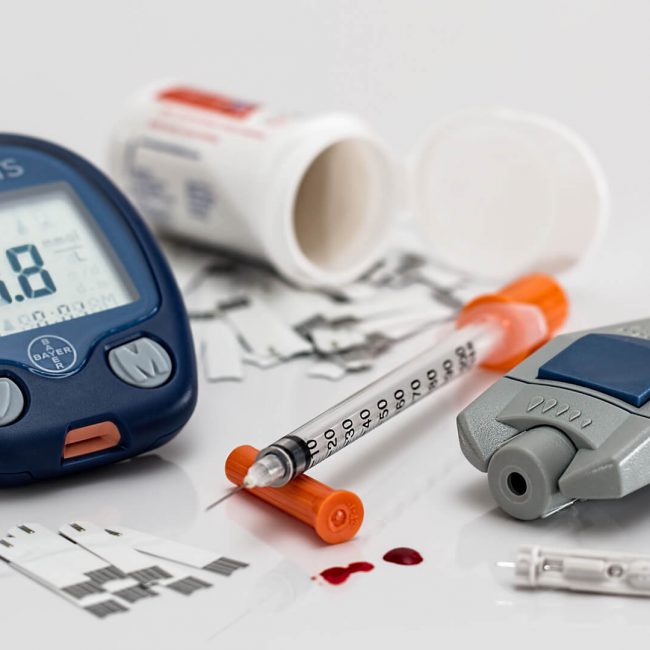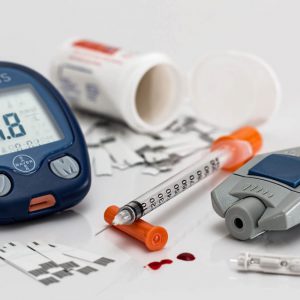The most widely recognized BMD test is called a central dual-energy x-ray absorptiometry, or central DXA test. It is painless—a bit like having an x-ray. The test can measure bone density at your hip and spine.
The results of your test are usually reported as a T-score and Z-score:
- T-score compares your bone density with that of a healthy young women.
- Z-score compares your bone density with that of other people of your age, gender, and race.
- With either score, a negative number means you have thinner bones than average. The more negative the number, the higher your risk of a bone fracture.
A T-score is within the normal range if it is -1.0 or above. If your T-score is:
- Between -1 and -2.5, you may have early bone loss (osteopenia).
- Below -2.5, you likely have osteoporosis.



